Necessary for the survival of the Monarch Butterfly, I’m always happy to see milkweed in bloom. Even if the sun is obscured by smoke from Canadian wildfires.
Despite its toxic components, milkweed has been used in medicine over the ages. Called Wah’tha or “raw medicine” by the Omaha nation, milkweed is well known to Native Americans as a cure for a variety of ailments, such as skin conditions, stomach ailments, chest pains, and the common cold. Early European settlers called milkweed “pleurisy root” and used an infusion to relieve lung inflammation. The U.S. government listed the root of butterfly milkweed as an official herbal remedy from 1820 to 1936.
Careful! It’s poisonous if you don’t know what you are doing:
All parts of the plant contain toxic cardiac glycosides, which can cause nausea, diarrhea, weakness, confusion in small amounts, and seizures, heart rhythm changes, respiratory paralysis, and even death in large amounts. Milkweed can also irritate the skin and eyes if touched.
The above photo was taken a couple of weeks ago.
Now pods are forming.
On this recording by the pond, you will hear a Northern Cardinal, an American Goldfinch, a Common Yellowthroat, a Rose Breasted Grosbeak, and a Song Sparrow.
I’ve been watching this plant in the pond waiting for it to bloom. It’s called an Arrowhead, based on the shape of its leaves.
Sagittaria latifolia is a plant found in shallow wetlands and is sometimes known as broadleaf arrowhead, duck-potato, Indian potato, katniss, or wapato. This plant produces edible tubers that have traditionally been extensively used by Native Americans.
The starchy tubers were consumed by Native Americans in the lower Columbia River basin, in addition to the Omaha and Cherokee nations. The tubers can be eaten raw or cooked for 15 to 20 minutes. The taste is similar to potatoes and chestnuts, and they can be prepared in the same fashion: roasting, frying, boiling, and so on. They can also be sliced and dried to prepare a flour.
Other edible parts include late summer buds and fruits.
I had thought that the Golden Oyster Mushrooms had come and gone. But here they come again. Former DNR officer John Mertz tells me that you fry them up in butter, like morels. They are beautiful, but invasive, coming from Asia.
Bees are all over this plant, which looks like a legume. Any idea what this plant is? This is a fun video to watch. Busy bees…


If you look closely, you can see what we called “water bugs” when I was a kid.
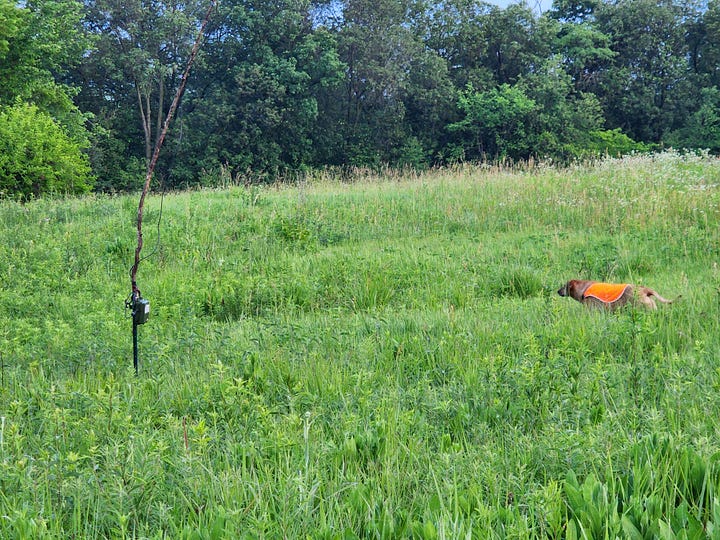

A couple of weeks ago, there were a couple of bat detectors that Violet the Dog and I saw. I would like to figure out who the researcher is, so we can share the results if they are so inclined. Nine species of bats can be found in Iowa, including the endangered Indiana Bat.
Oops. Exactly the kind of thing I would do—get the tractor stuck.
Driving home from our walk the other morning we encountered this hail storm. It came down so hard that if we had been out of the truck and in an open area, I would have had to lay down and hold Violet the Dog and cover our heads so we didn’t get hurt. Fortunately, it doesn’t matter if my old truck gets a few dents. I tweeted this video with the hashtag #iawx, and both Weather Nation and the Weather Channel used my video! That’s fun.
I’m a member of the Iowa Writers Collaborative. Please sample the talents of my fellow collaborative members. If you can afford to be a paid subscriber, that would be great. If not, the vast majority of content is free. And here is a link to the Iowa Podcasters’ Collaborative, should you be interested. Check out my Substack Deep Midwest: Politics and Culture if you aren’t already a subscriber. My Iowa Revolution podcast with award-winning broadcaster Spencer Dirks can be found here.
After retiring from radio, I know a little about public relations and have started a small consulting group and associated Substack called Better PR. You might be interested in what I have to share there. Thanks!

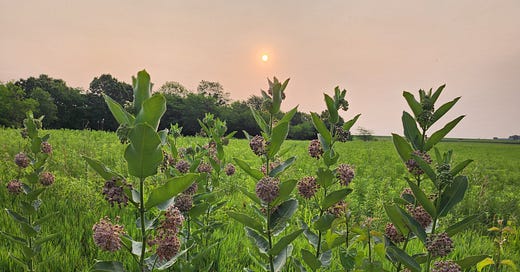




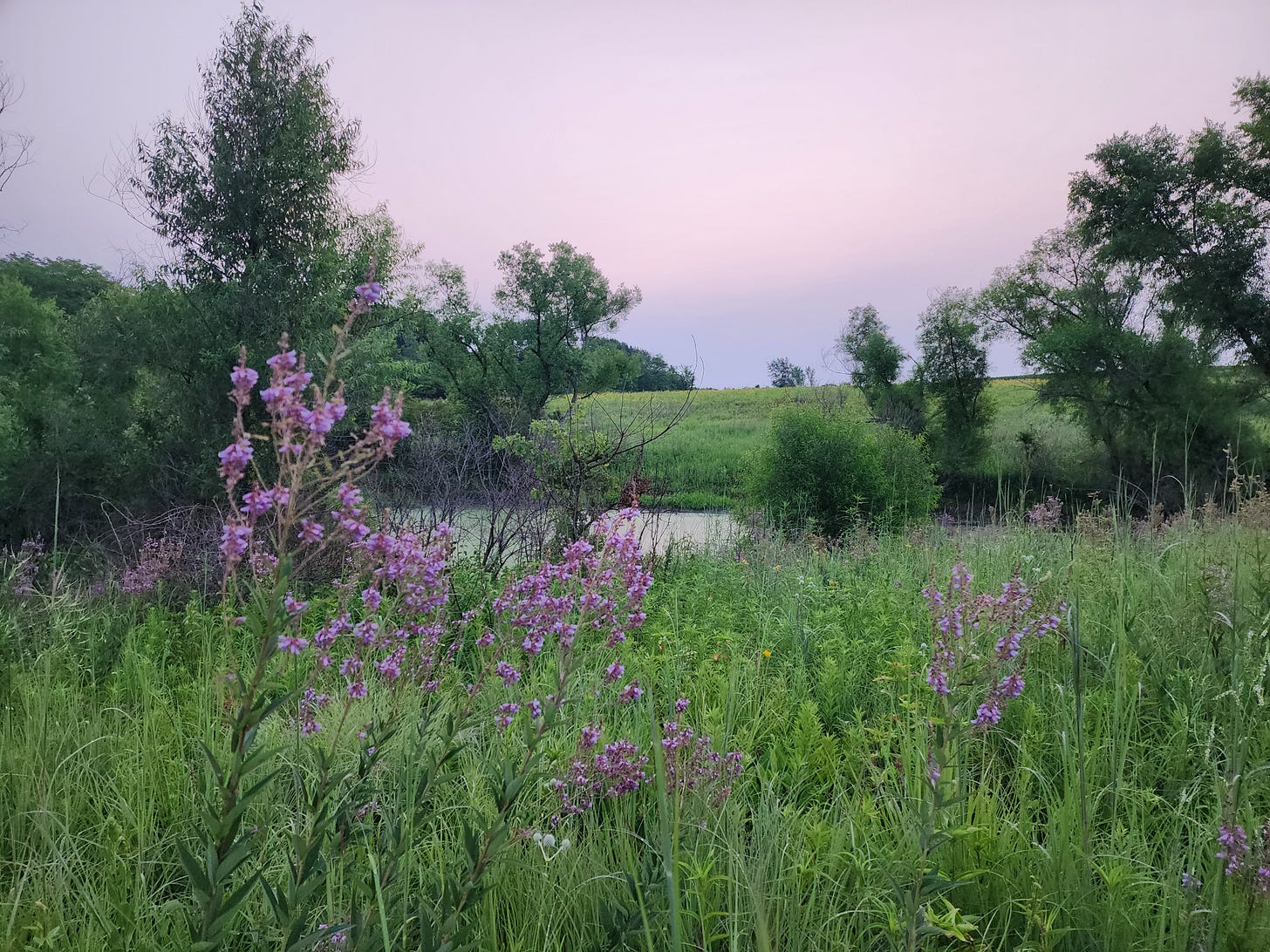
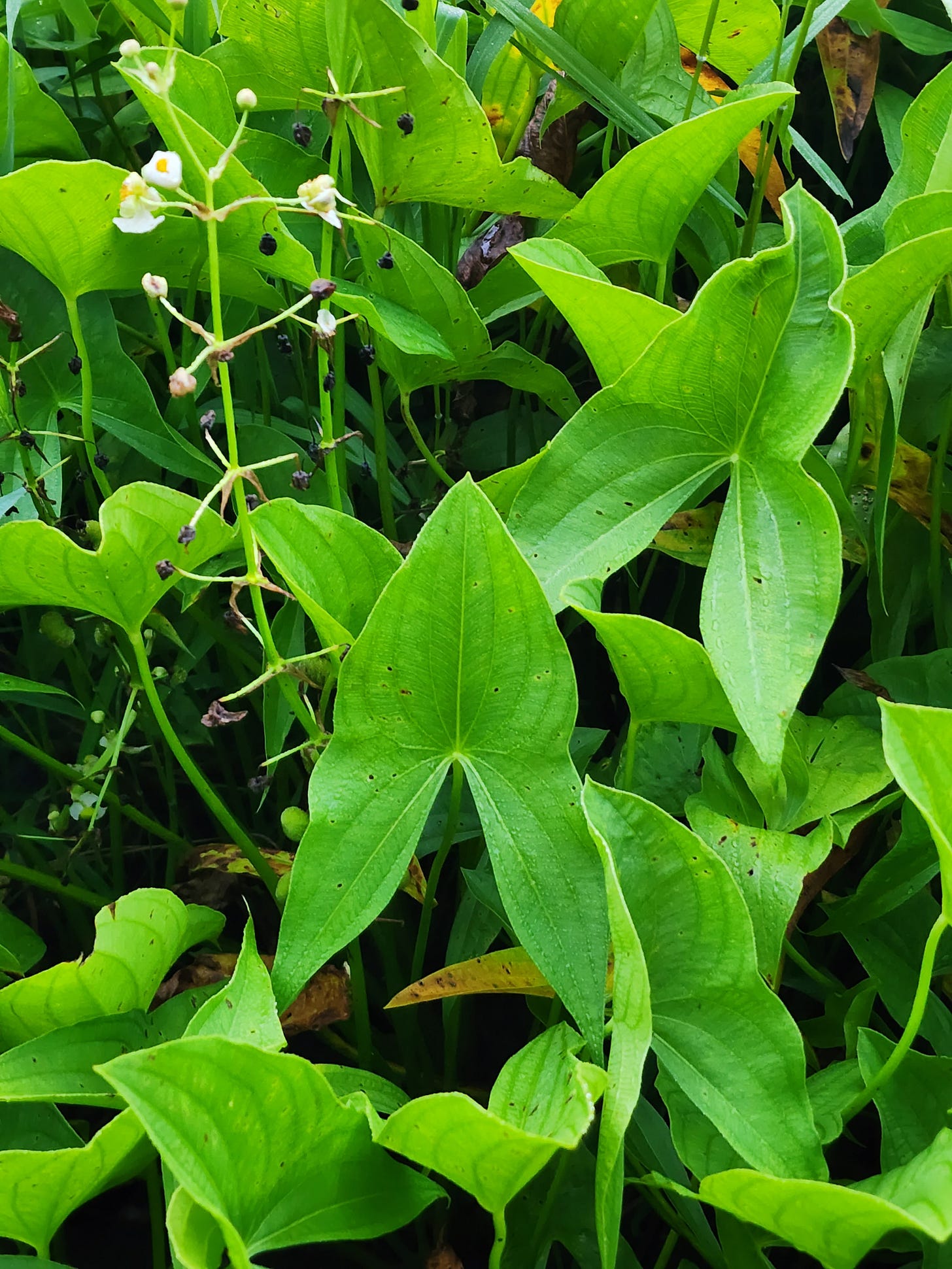
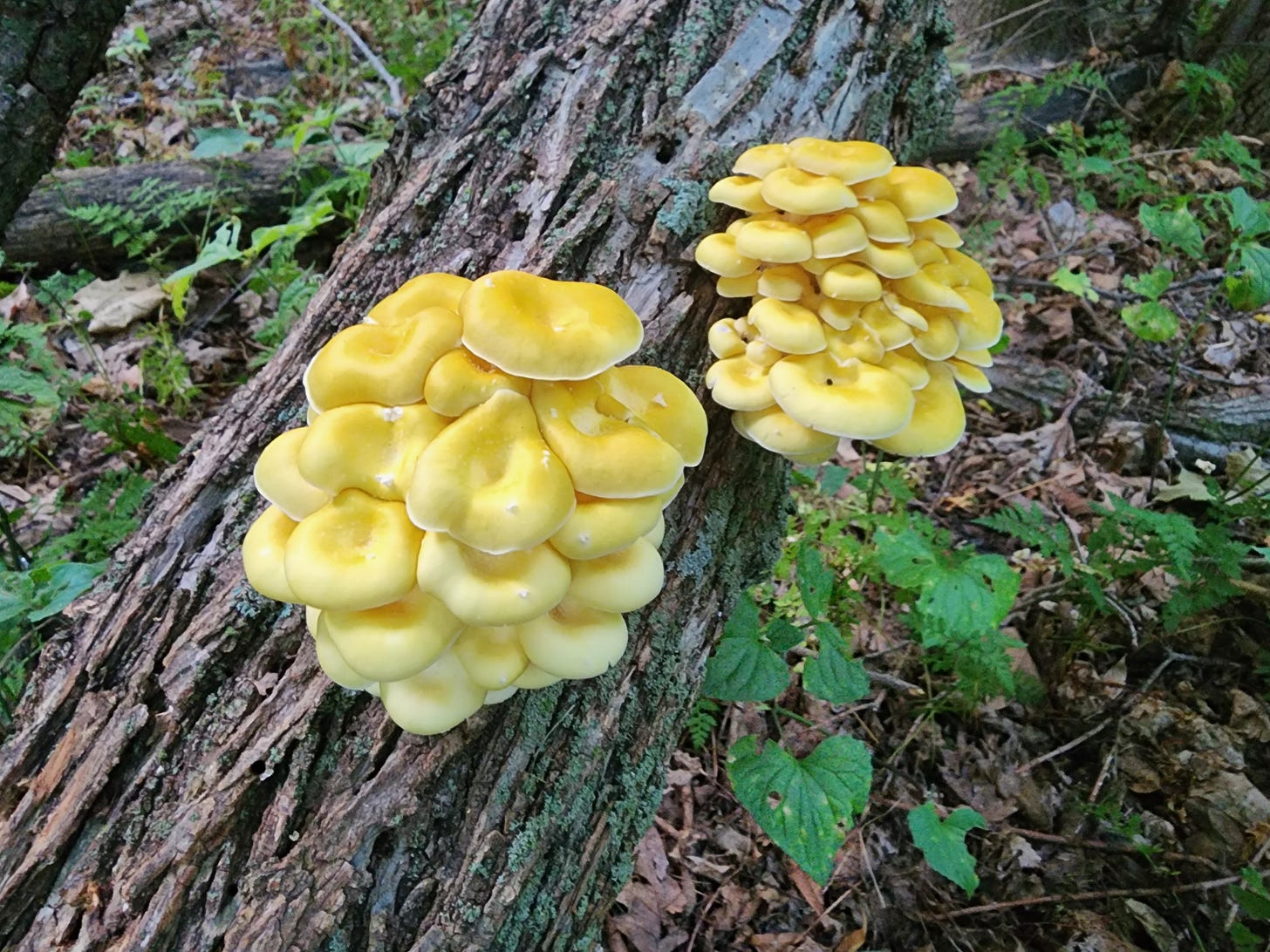

The plant in the video=partridge pea. It’s cheery and nice to bees and other pollinators
Hi Bob,
Your legume with the bees is partridge pea. It's a native prairie flower that thrives in disturbed soil. I've seen them growing in lots of bison wallows. Quail like the seeds. The other flowers are wild petunia and ironweed -also native to Iowa prairies.
You could probably contact Stantec to find out who's studying bats with that acoustic data logger. I've had a couple students work for them doing bat research around wind turbines.